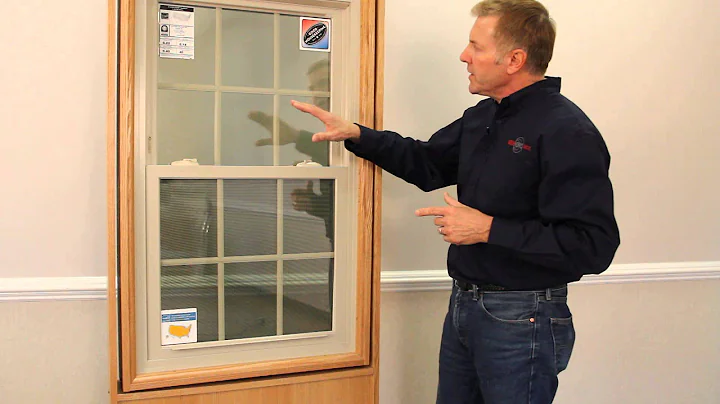![When talking about the thermal insulation performance of doors and windows, [Fireworks R] will talk about the K value of doors and windows. So what is the K value of doors and windows? [Sun R] What are the K values of different types of doors and windows? In this issue, [doge] - DayDayNews](https://cdn-dd.lujuba.top/img/loading.gif)
When talking about the thermal insulation performance of doors and windows, [Fireworks R] will talk about the K value of doors and windows . So what is the K value of doors and windows? [Sun R] What are the K values of different types of doors and windows? In this issue, [doge] Xiaoya will talk with you about the K-value of doors and windows. The
K value is also called the heat transfer coefficient , which is the ability of doors and windows to insulate heat. The current national standards and specifications are uniformly named the heat transfer coefficient. [Shopping cart R] In the national standard GB/T8484, [Tulip R] means that under stable heat transfer conditions, the air temperature difference on both sides of the building envelope is 1 degree (K, ℃), [Strawberry R] passes 1 degree in 1 hour The unit of heat transferred per square meter is Watt/square meter. Degree (W/m².K). The
K value is divided into grades. The higher the [Sakura R] grade, the better the performance, the lower the corresponding door and window K value, and the greater the thermal resistance. [Grape R] The slower the heat transfer process of doors and windows [Ke R], the better the thermal insulation performance. In layman's terms, it means the speed at which heat invades indoors in summer, [Rainbow R] or the slower the speed at which heat escapes outside in winter. [Gift R], the more energy-saving your home air conditioner is. [Fairy R] So do you know how the K value of broken bridge doors and windows is calculated?
[Check-in R]K=kG*f+kA*(1-f) where kG is the thermal resistance of the door and window glass itself, [movie R]kA is the thermal resistance of the door and window frame itself, [atmosphere R]f is the glass area The proportion of door and window area.
[With R] Heat transfer coefficient K (W/m².K) of various door and window materials Ordinary aluminum alloy profiles: 6.6 Insulated aluminum alloy profiles: 4.0 Wooden window frame: 1.85mm White glass: 5.5 (5+12A +5)mm medium blank glass: 2.8 (5+9A+5)mm medium blank glass: 3.0 (5+6A+5)mm medium blank glass: 3.2
[Rainbow R] In general doors and windows, the profile area accounts for about is 25%, and the glass area accounts for about 75%. [Fireworks R] The heat transfer coefficient K value of various types of doors and windows is simply calculated as: ordinary aluminum alloy profile doors and windows K=6.6×25%+2.8×75%=3.75 Thermal aluminum alloy profile doors and windows K=4.0×25%+2.8×75%=3.10
Excellent broken bridge doors and windows, [Dolphin R] will also reduce the K value through structural design optimization. [Strawberry R] Yasheng door and window products have been reasonably adapted to the vertical isotherm design, the application of warm edge strips, the selection of [Pepper R] and LOW-E energy-saving glass according to the different characteristics of the product, and [Balloon R] has been reasonably adapted. Reduce the K value as much as possible. [Red Heart R] Follow Yasheng Doors and Windows to help you learn more about doors and windows. #亚晟门Window# system doors and windows #doors and windows#High-end system doors and windows





















